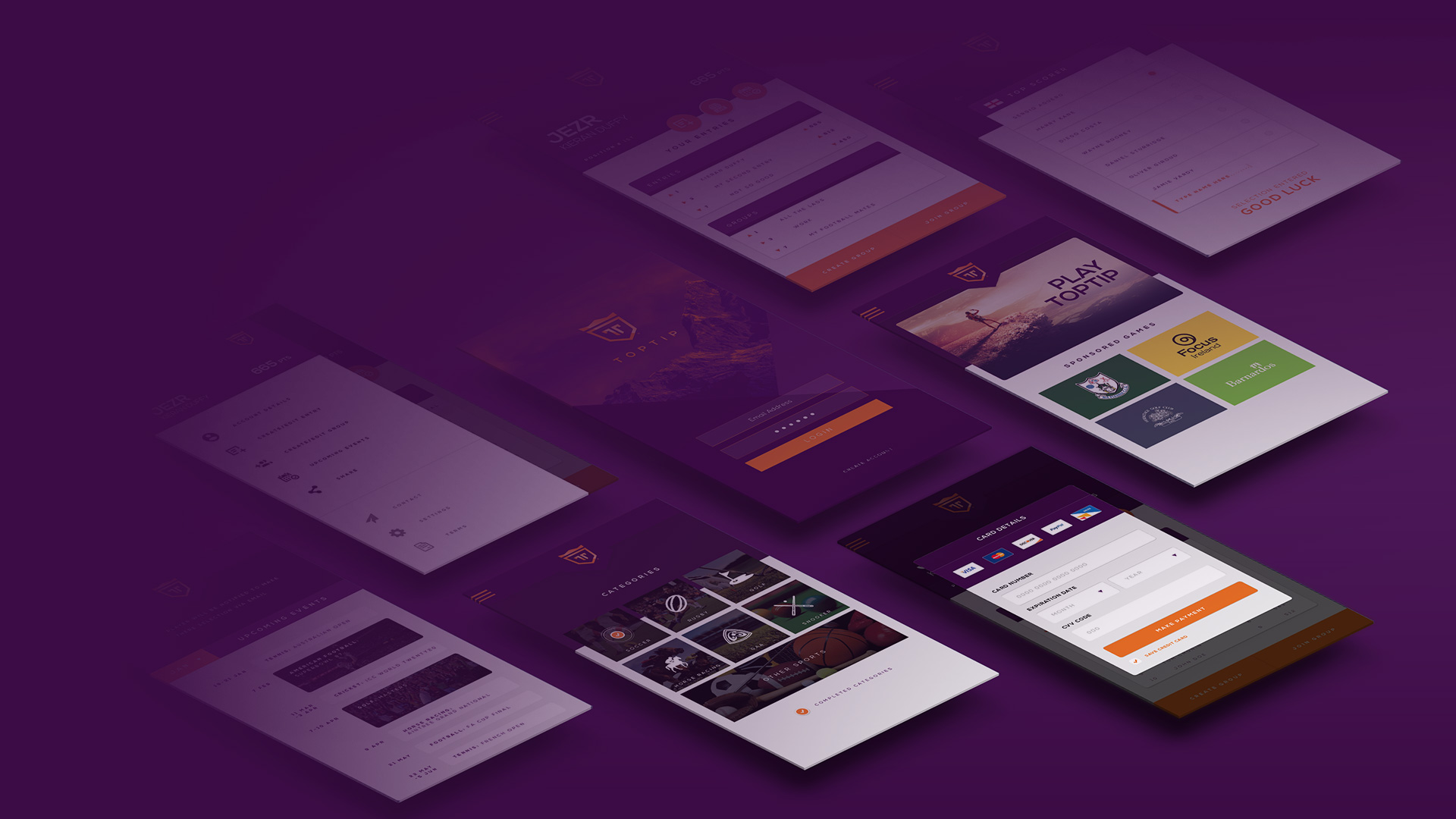To respond to major business and workforce disruptions, enterprises must intensify the need to focus on the customer experience to drive growth. There are critical linkages between the HR, customer experience, business strategy, and customer service. The answer to forging the linkages effectively lies in applying design thinking to the organization’s HR customer experience strategy. Re-imagining the HR customer experience drives brand differentiation, service excellence, and growth.
An HR customer experience strategy is two-fold: first, understanding the unique needs of each customer group serviced by the HR and, second, designing differentiated interactions to satisfy those needs. The questions that matter the most here are who are the HR customers, what they need, and what experiences matter the most to them. The goal is to look beyond processes. The focus should be on designing tailored experiences for each customer group’s unique needs. Eventually, the HR processes and technologies shall support the overall experience in a simple and intuitive manner.
Customer experience strategies continually evolve. It is important that HR teams use models, prototypes, and multiple personas to design, test, and refine solutions. By incorporating the learning gained from such iterations, HR-based customer experience solutions become a potent tool and an extension of the brand itself. This is very important because studies have shown a clear relationship between increases in frontline engagement, rise in customer service, and revenue growth. Eventually, a deep understanding of customer needs guides every decision, day-to-day operations, technology implementation, and talent programs among others. One way to go about it lies in using design-thinking concepts.
As a structured process, design thinking helps solve problems and focus on the customers’ needs. It creates intuitive offerings and delivers value. By observing customers in their natural settings, including their physical, cognitive, and emotional needs, enterprises can design services, ideas, tools and products based on personas.
For instance, let us take the case of a financial institution’s HR customer experience strategy. The institution’s strategy relates to increasing customer service and simplifying HR processes. Through observation and interviews of HR employees and customers, the design team identified priority customer segments and the experiences that mattered most to them. Usually, it is a set of questions that run like this—Describe your typical workday? What excites you about your job? What are the things that distract you?
Once all answers are plotted in perspective, the customer journey reveals the moments that matter the most. This effort invariably led to a set of initiatives that focused on quickly building, testing, and iterating different scenarios. For the institution, it embarked on a transformational journey from brand differentiation to customer service excellence—and achieved a return on investment through process efficiency.
This is just one example of how HR can make use of design thinking strategies to re-imagine the HR customer experience, to drive sustainable business performance.
